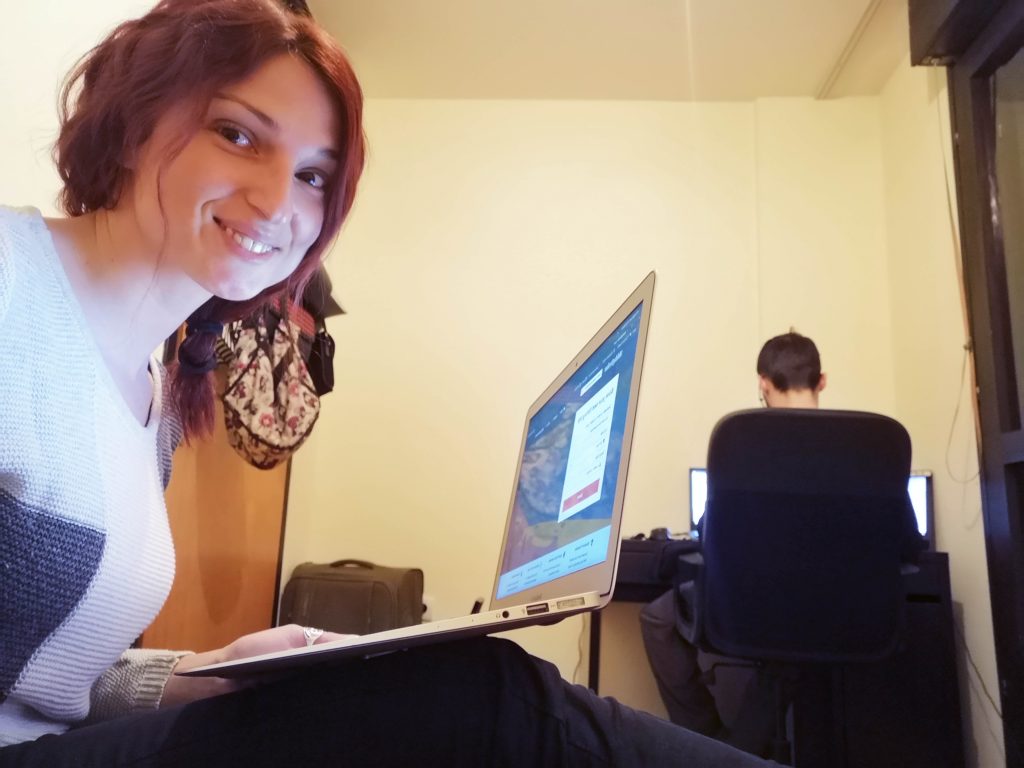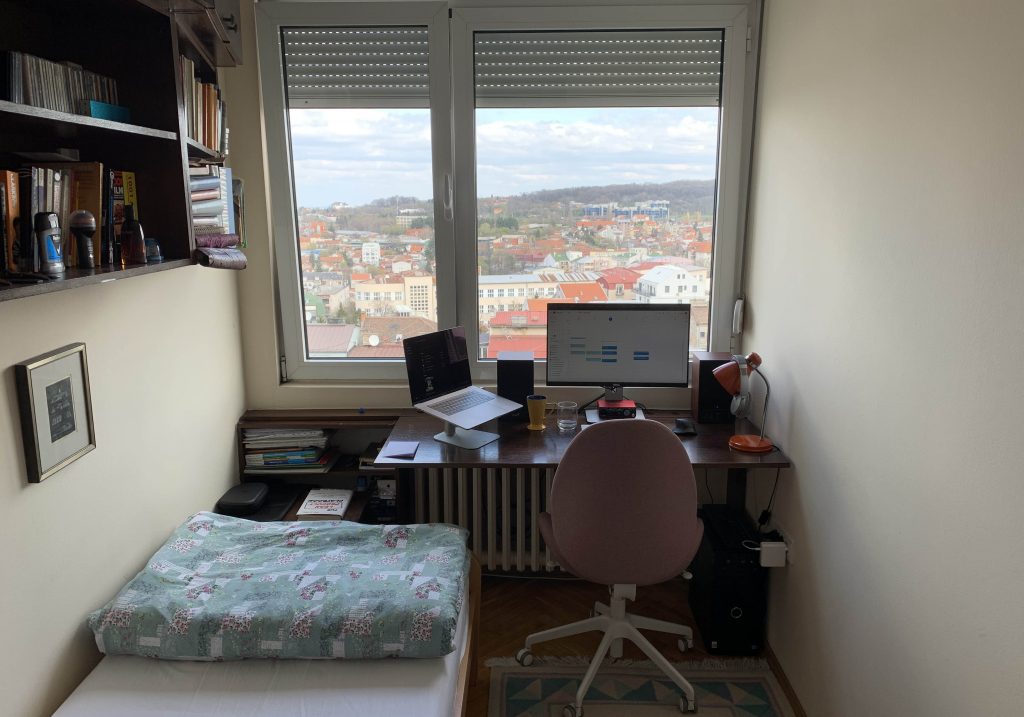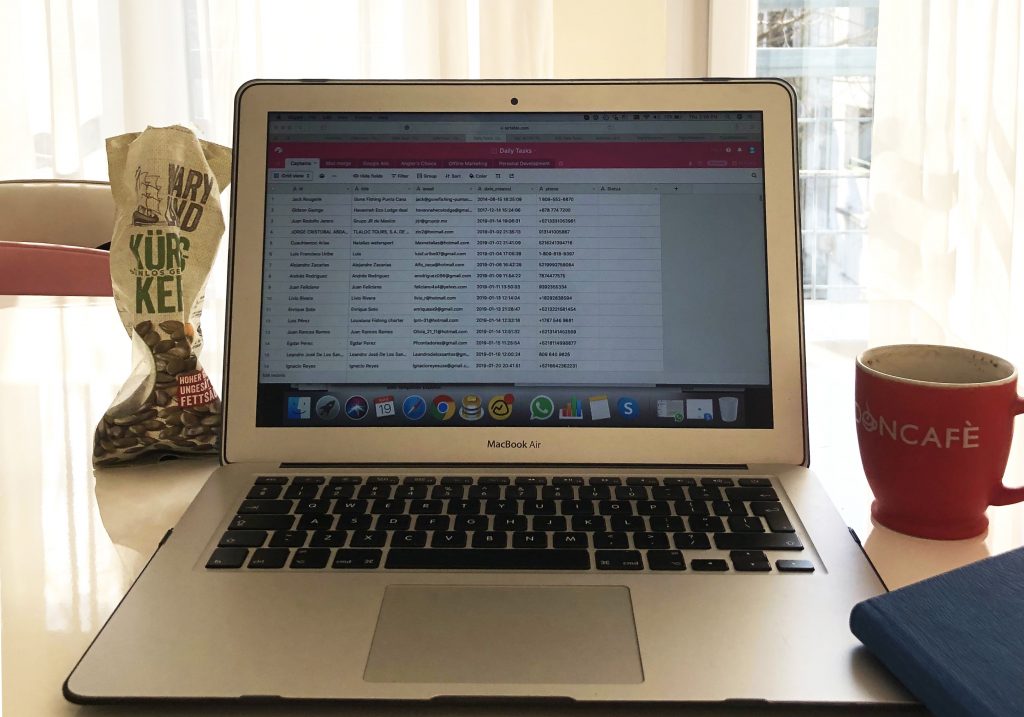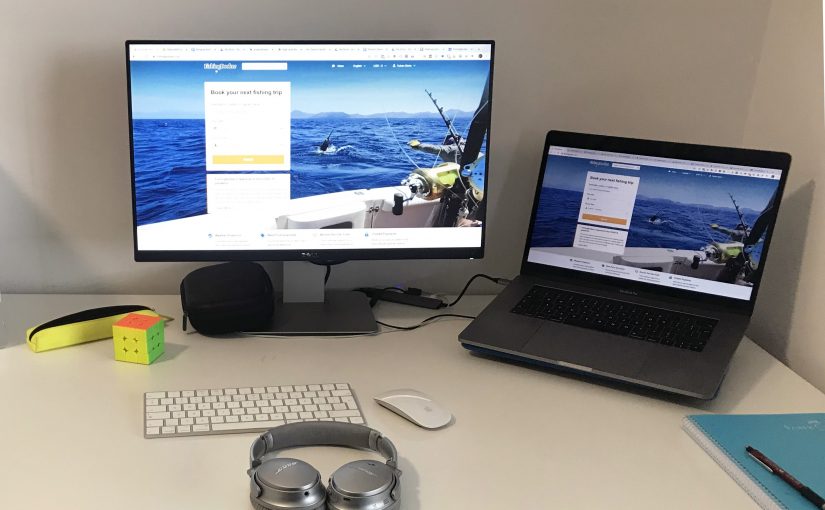On March 9, our team reached a milestone here in Belgrade – we were now a 100-person company! A week later, our office was empty. Initially planning to work from home for a week and see how the new coronavirus was spreading locally, we, like so many other companies in the world, had actually become “remote” overnight.
Now in the third week of working from home, we’ve just about built a realistic understanding of how our work, and our lives, can function during the COVID-19 lockdown.
With frequent, direct communication being key to the way we work, we’d never seriously considered moving to a fully remote setup before. So we had to learn a lot on the go and, to be honest, we’re still getting to grips with it.
Our team has made big changes on a company and an individual level to cope with this new, radically different work environment. This post outlines what we’ve done so far.
Setting One Clear Message

Our shift to remote work coincided with huge changes to travel and tourism worldwide – which, unsurprisingly, had a knock-on effect on our business.
We were suddenly facing a completely new set-up and an entirely different type of user behaviour. We needed to be fast, agile, and super connected. All the while, we were living through unprecedented changes to our own lives. Serbia had introduced a curfew, and suddenly the threat of the virus became very real indeed.
With all this happening at once, there was a real risk that the agility and speed we were putting into our work would shift into nothing more than an uncoordinated, panicked frenzy.
We needed something consistent in all of this chaos.
For us, that was our single message: safety first. Safety first for everyone at FishingBooker, for customers, and for captains. This guided us towards limiting face to face contact early on and helped us form a single, clear communication strategy with our customers and partners.
We have to be honest, though. It took a few very busy days, for us to share this message and its full implications with everyone in the company. In the event that we face a challenge like this again, setting and sharing the core emergency messaging will be our very first priority.
Normalizing the Situation

The sudden change in workstyle (and in the day to day functions of the entire planet) was hard to get to grips with, for all of us. As well as needing a clear communication strategy for this new reality, we were also, on a subconscious level, craving some sort of “normality.”
Easier said than done, given the circumstances.
As far as work was concerned, we were doing OK. We were already used to video calls and we didn’t have too much of a problem switching to online meetings and messaging. But we realized that we were missing an essential part of office life: informal chats and mingling with the people we work with. Not to mention the fact that our homes weren’t always well set-up for focused and comfortable work.
But it was immediately obvious that, however hard we tried, we couldn’t bring the literal and psychological comforts of our newly refurbished office into people’s homes. Instead, we needed to address people’s core needs and try to provide for them in the best way possible. Here are just a few of the steps we took in the first couple of weeks:
- Our ops team set up a dedicated work from home channel on our company-wide chat tool, where we share ideas for home exercises and have informal “water-cooler” chats;
- HR Vedrana created an extensive “work from home playbook,” sharing home exercise programs, remote work tips and tricks, and links to cultural institutions that have increased their online access since the outbreak of the coronavirus – among many other things;
- Office and Event Manager Djole personally delivered our office chairs to our home addresses, blowing our minds and (literally) saving our backs;
- CEO Vukan held our first ever remote all-hands meeting to check in and explain to everyone where we’re at and how the company’s tackling the crisis. This will now be a weekly event;
- The whole company got involved in sharing tips and tricks about how they were handling the change on a personal level.
As strange as it may sound, as soon as we were physically separated, we realized that we needed to work together more than ever.
Balancing Work Life and Home Life

How do you optimize your day to day life to cope with a new, indoor, reality?
In a company-wide chat about tips for making work from home work, there were five themes that the people of FishingBooker kept coming back to, wherever they were currently working. These are the main things we’re doing to adapt to our new remote setup.
1: Separating Work Space from Home Space
Ivana from the Coordinators created an improvized home office with a comfy chair, turned away from the rest of the living room. “It’s a nice illusion of a ‘working space,’” she explained. “When I’m taking a break or I’m done for the day I can chill out in the rest of the space, which I’m not looking at during the working hours.”
Even if people aren’t physically changing the space they’re working in, they’re changing how they react to their home surroundings. For instance, Jelena from Business Development turns the wifi off on her phone to avoid distraction in work hours, while Stefan from Product gets into the zone by dressing the same way he would to go into the office and making sure his room is tidy before he starts work.

2: Getting into the Routine
We all know how easy it is to slip into “ma lagano ćemo” mode when we’re stuck at home all day. On a company level, we all try to keep accountable for our projects by using daily and weekly check-ins that lay out what we’ve done and what we plan to do. But some people have specific routines that help them keep focused when they’re on their home turf.
Srdjana from Marketing has even changed her schedule. “I tend to prioritize the tasks I need to pay more attention to earlier in the morning and leave more space than usual for the tasks/projects where more people are involved,” she says. “I believe the last thing we need in this situation is unnecessary tension!” With both focus and communication being more important than ever at the moment, we’d tend to agree.
3: Using Tools to Keep on Track
Interestingly for a tech company, few people at FishingBooker mentioned that they’ve turned to new technology to help them focus. Instead, most are paying even closer attention than usual to the check-ins and communication tools that we already use.
Organizational tools can certainly come in handy, though. Jelena started using Airtable to organize her day, and this has been helping her stay focused.

4: Having Meaningful Breaks
It’s common knowledge that regular breaks keep you fresh and focused. But a few of our team members have been using the activities they do in their breaks to actually structure their work day.
For instance, Joris from SEO combines cooking with concentrating:
“This works best with (some) pastas or curry,” he explains, “because they don’t require constant attention. You can chop the ingredients, start the sauce and leave it to saute. Then reply to messages/clear out your email inbox. Then add other ingredients, bring it to a boil and leave it to simmer for the required time (usually between 1 and 4 hours, depending on the dish). In the meantime, you can work. Then, when the sauce is done, you can boil pasta/rice/noodles, eat, and go back to work.”
5: Staying Positive
This has been a tough period. Not just for us at FishingBooker, but for people the world over. That’s made it all the more important to add some extra positivity to the day.
Aleksandra from the Coordinators has been approaching this through photography. “Our garden is blooming,” she wrote. “I’ll try to capture every plant!”
Sharing jokes on our internal chat tool, having virtual meetups with our team, friends, and family, or just spending some time with our pets…Positivity means something different to everyone, but one thing is constant. Mental health needs its own dedicated focus, just like anything else.

Sharing ideas and tips internally and setting a clear strategy and support structure on a company level. This is how we’re currently approaching staying connected while improving our productivity. Not only that: it’s an important reminder that however strange the situation, we’re in it together.
We may still be new at this, but we’re beginning to find our feet. As we continue to learn more and share more about working from home, we’re reminded that we’re not in this alone. And that’s worth a great deal right now.
What’s your current remote working setup? What helps you stay connected, while also keeping focused?
